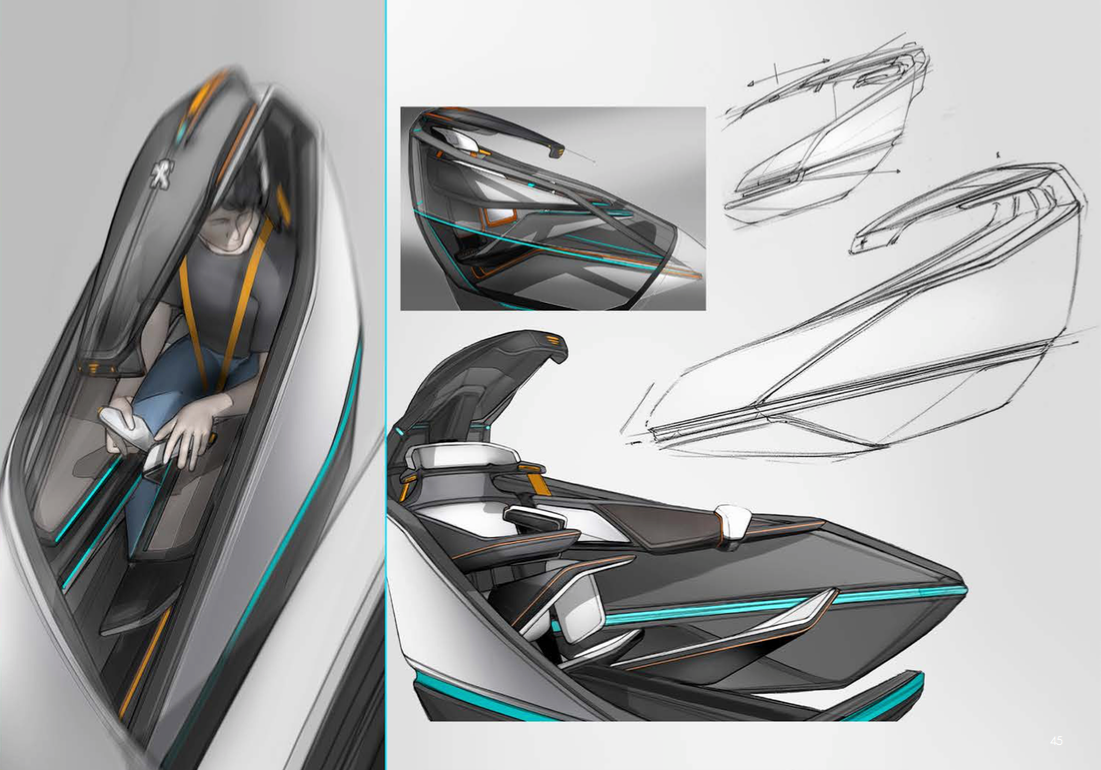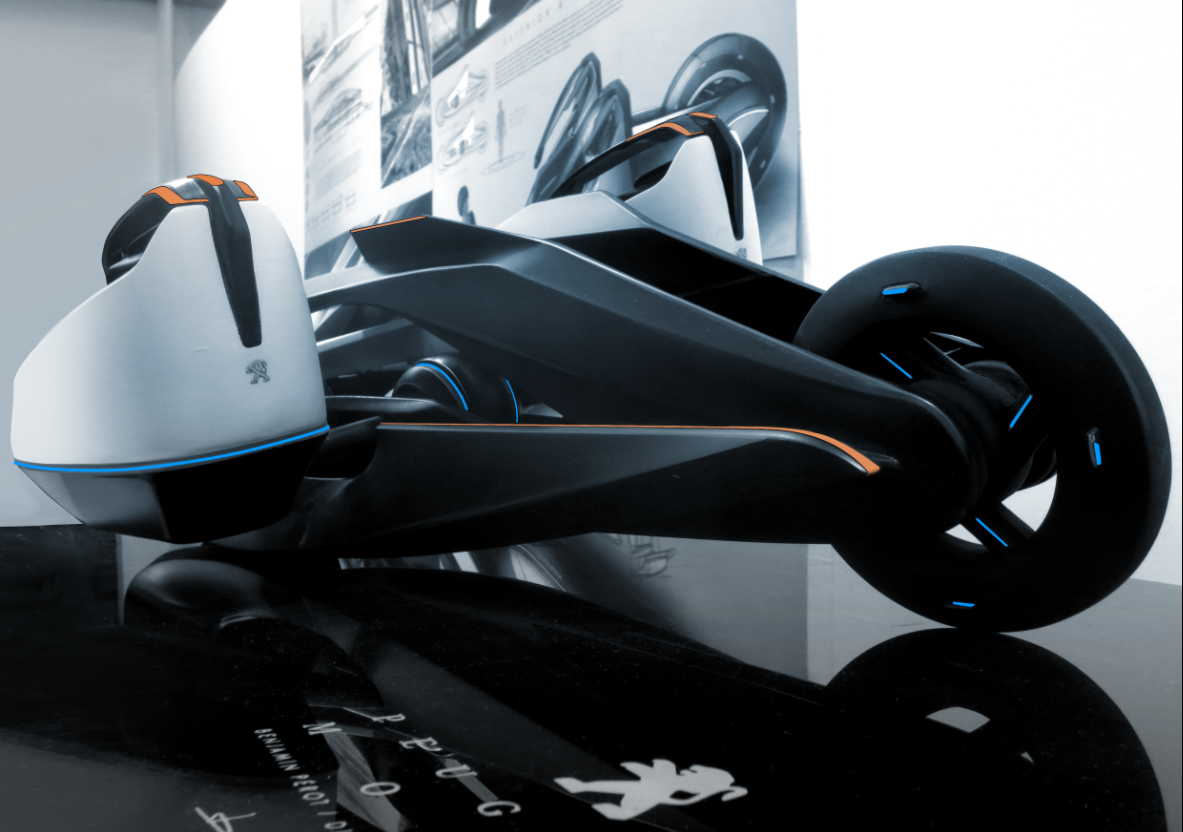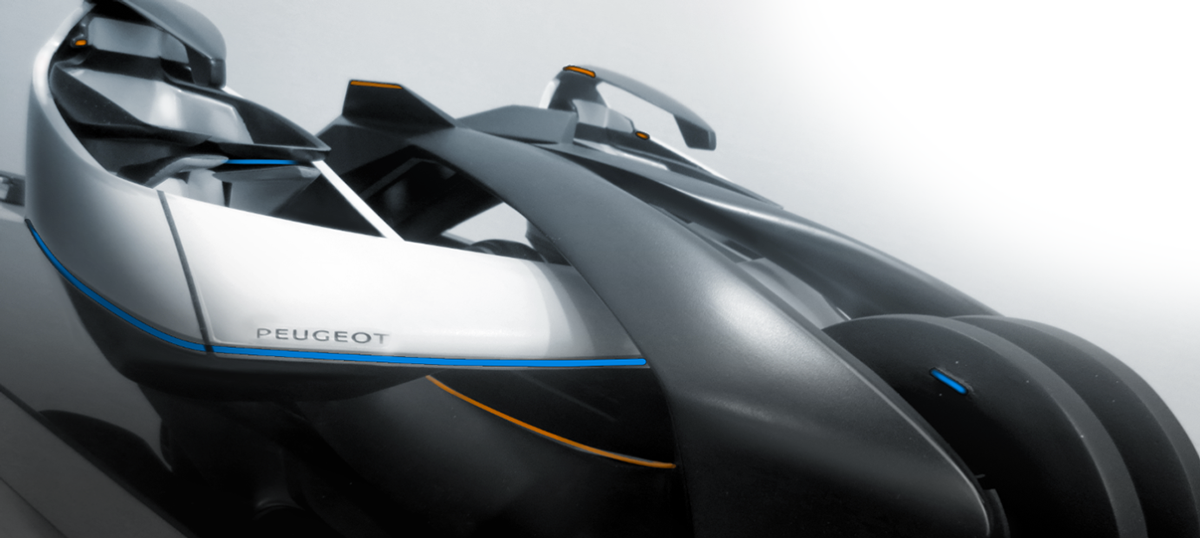"Humanity is divided into three categories:
those who can not move, those who can move, and those who move.ª
Benjamin Franklin

As part of the Grand Paris, which aims to streamline and modernise mobility in Île-de-France and in the capital city of France, the Paris ring network is about to undergo great changes.
Pollution is high and traffic jams are incessant, creating a large pollution belt and a lot of stress for drivers. Also private cars, with an average of four seats, are usually used by a single motorist, adding to the problem.
There are two types of drivers on the Ring: those who move from province to province, bypassing Paris, and those commuting from one exit to another. In 2040, the city of Paris will promote a second network to improve transport flow.
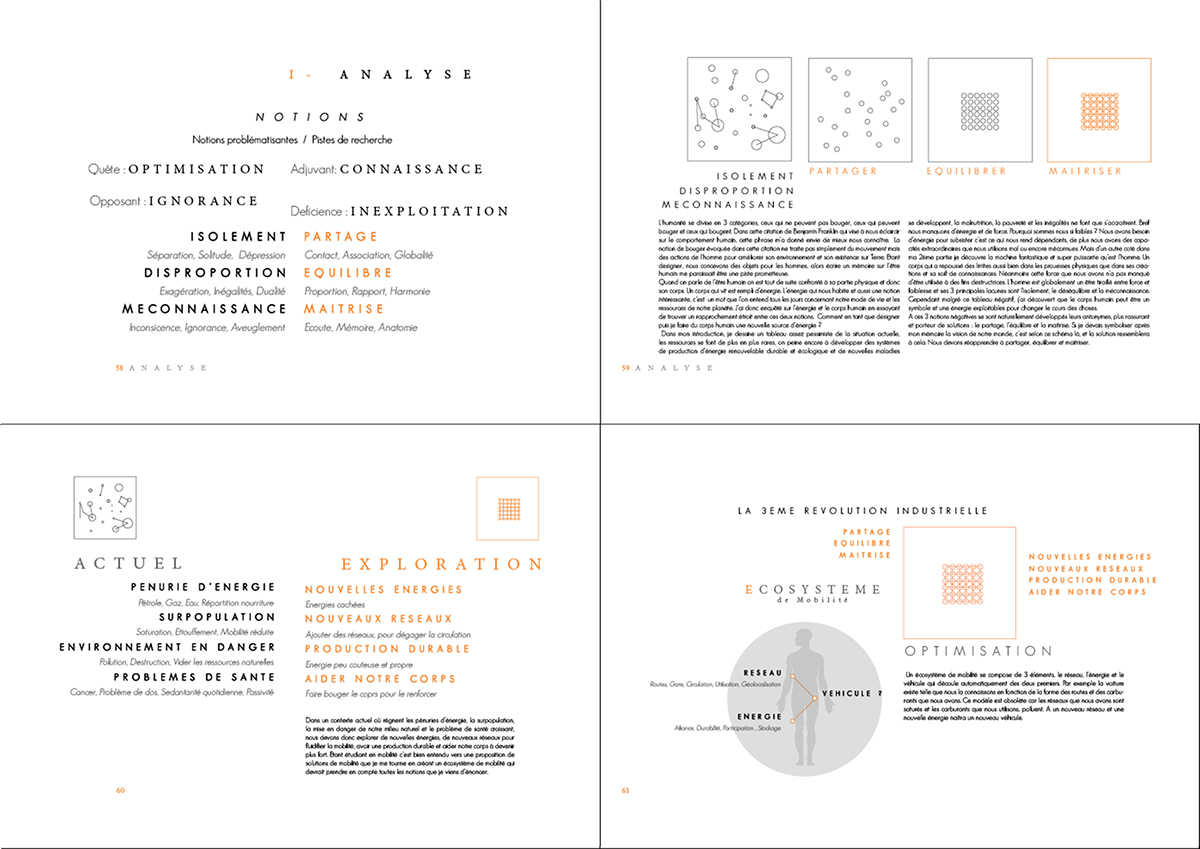

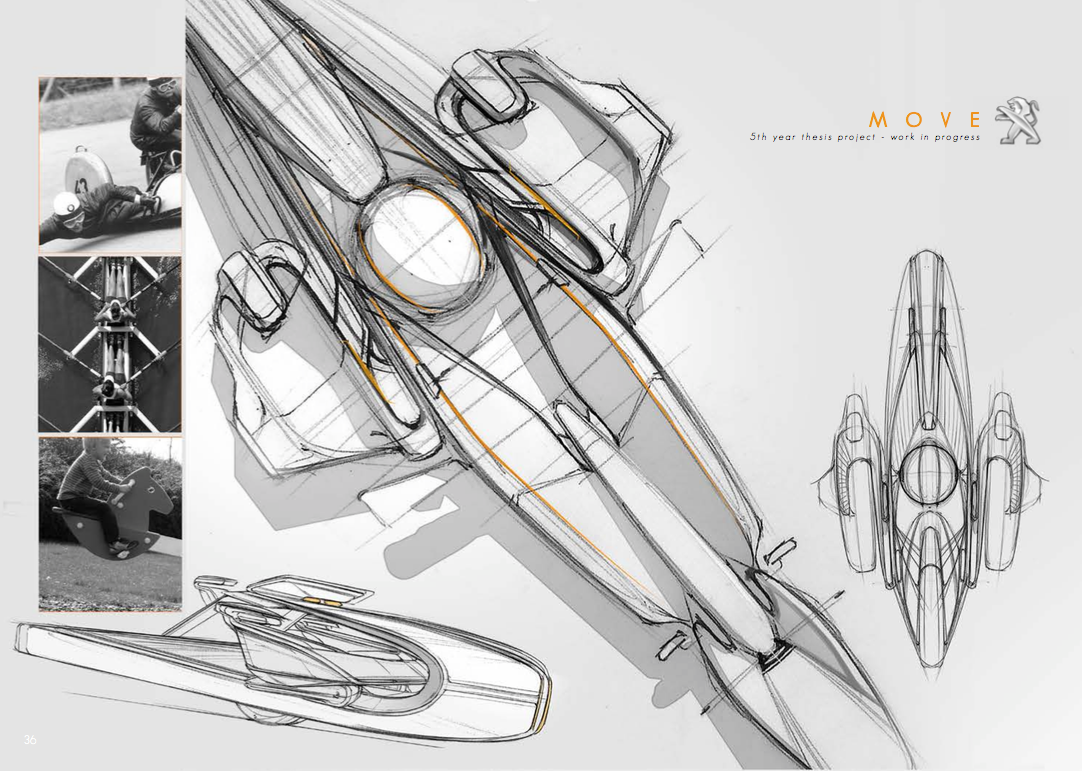
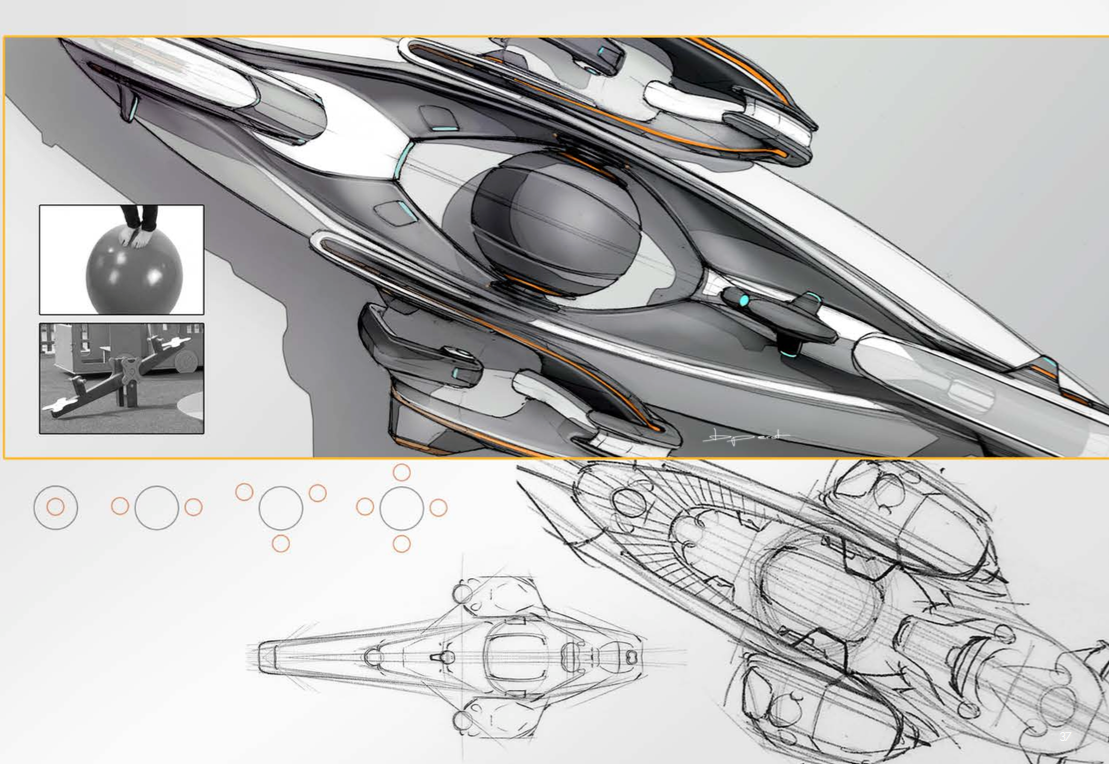
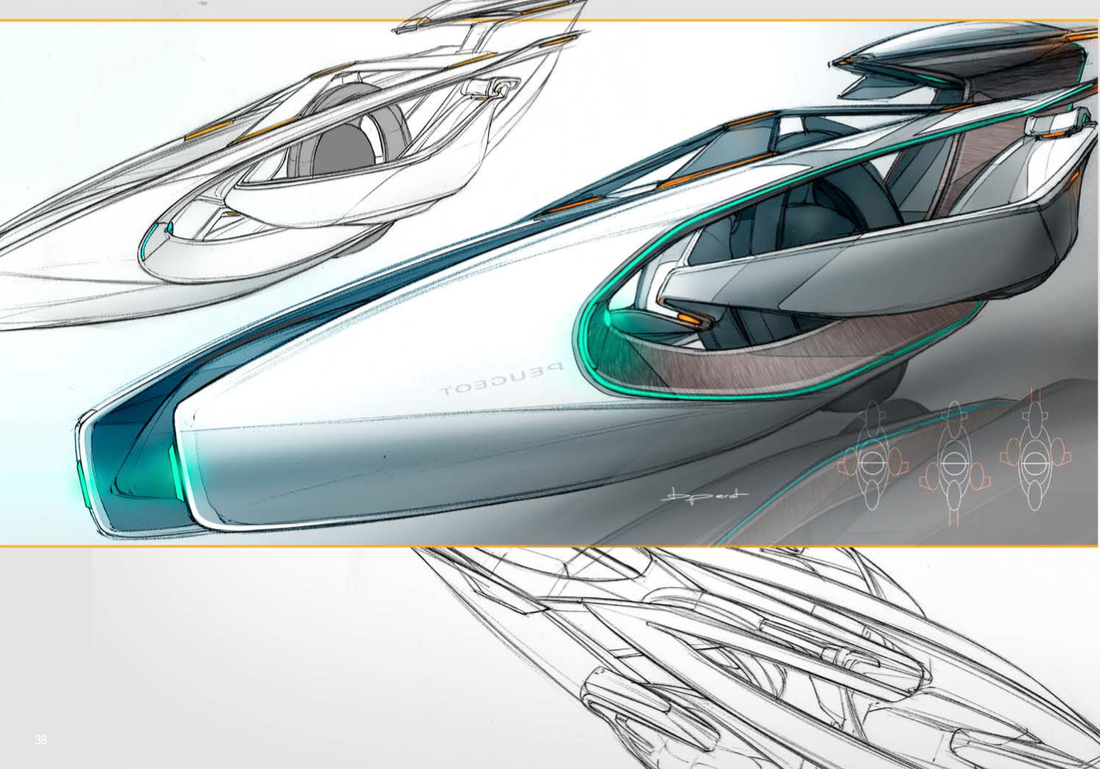
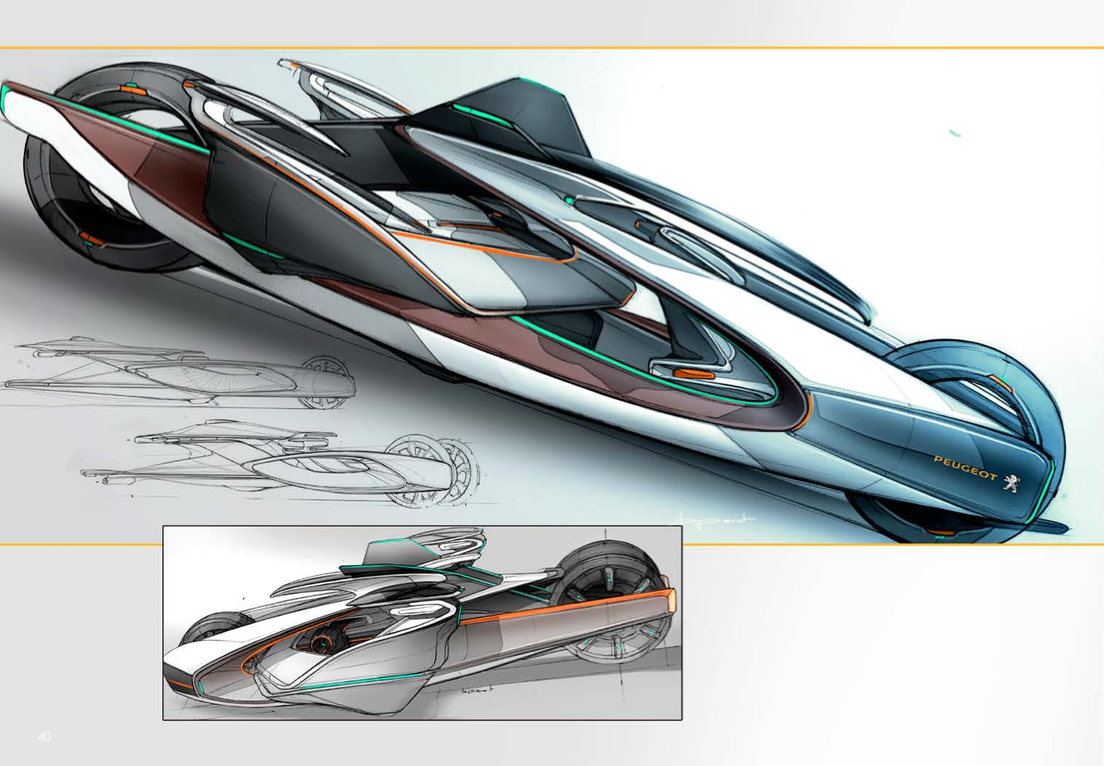
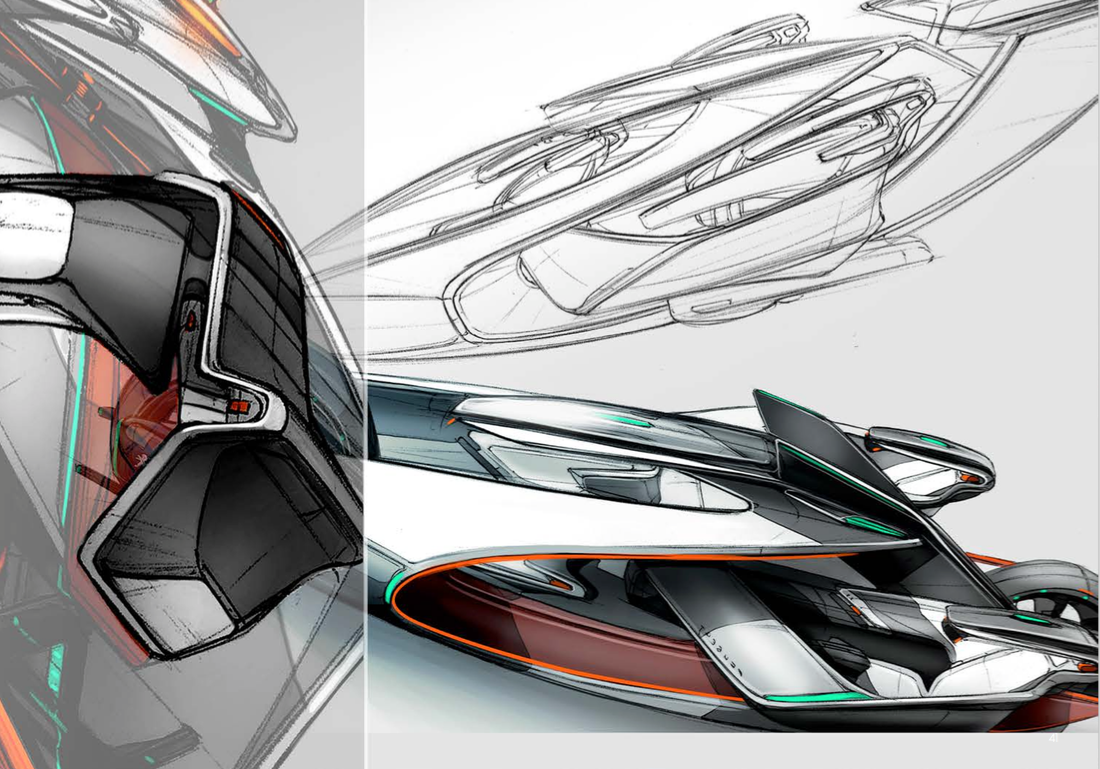
This new closed circuit above the first will be reserved for public transportation vehicles. This new circuit and its zero emission vehicles would become a green-belt network with solar panels and rain-water collection. The roof also provides a pedestrian and bike network, enough to walk and ride above the Paris belt.
This new concept is part of a Peugeot-branded social transport network created by the city of Paris. The purpose is to encourage users to share the vehicle and bring a new driving experience thanks to a different architecture. Using the balance of the passengers, two users are encouraged to cooperate and share the feeling and complicity recalling sidecars since the two cockpits are linked. The architecture of the vehicle is reversed – as in a motorcycle, the occupants are at the exterior of the vehicle and the interior is for the mechanism. This bring users closer to the driving experience and makes the interior part of the exterior design as a moving component.


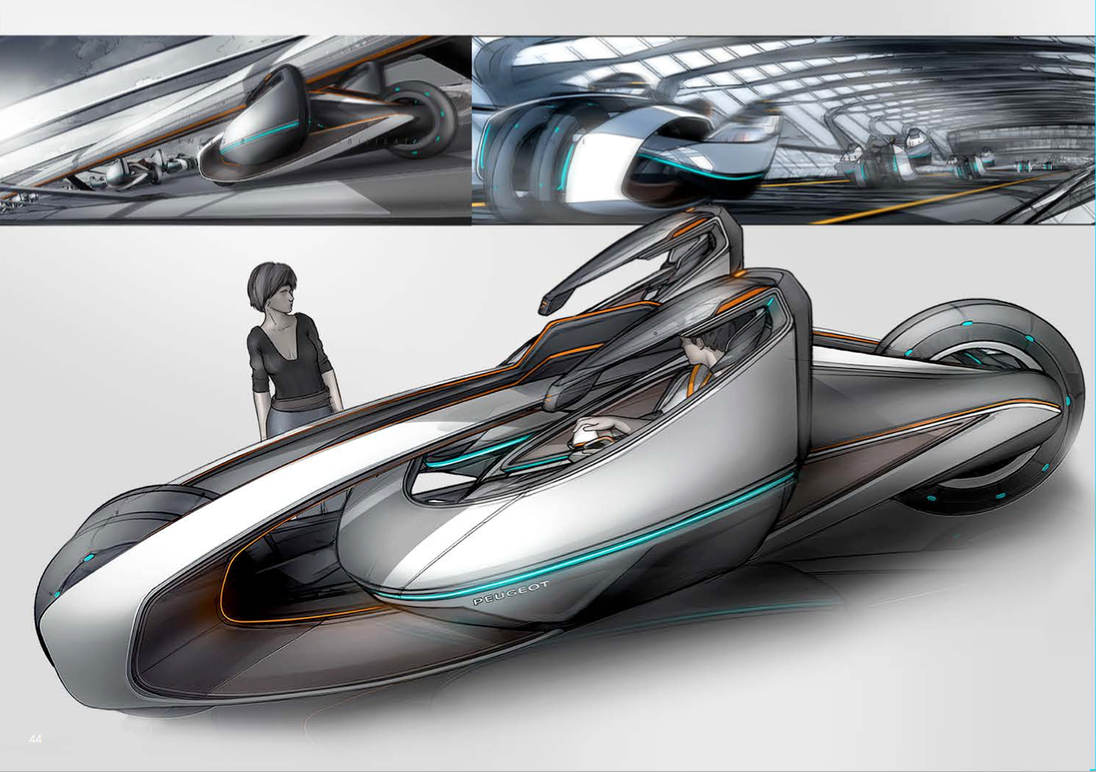
A ball located in the chassis system allows the cockpit to move in four directions (left, right, front and back). During braking, the structure is propelled forward to push a piston which multiplies the force of the front wheel brake system. The weight of passengers is used to proportion the braking bias compared to vehicle weight. Similarly, in bends, adhesion is maintained by putting the weight of the cockpit on the inside of the turn, the cockpits slides, to counter the centrifugal force. Thereby, the passengers’ weight is also used for cornering ability.
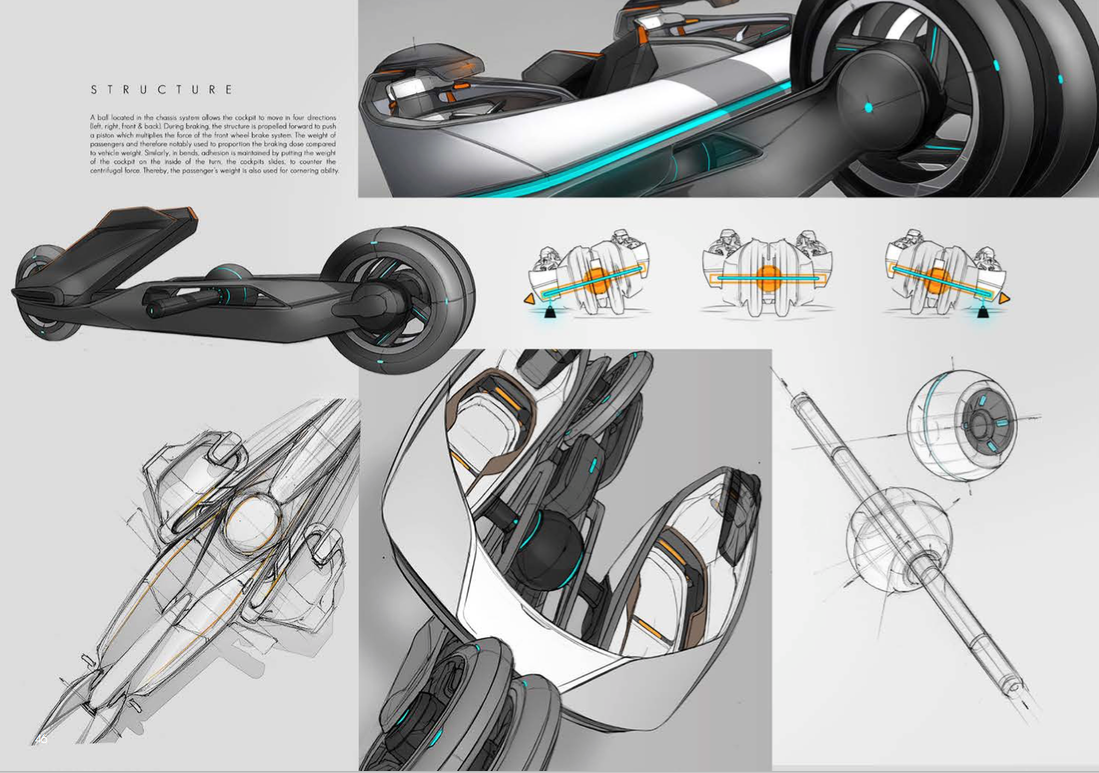
The interior includes two elements, a moving cockpit, and a seat which must maintain the passengers and is an extension of the human body. The headrest retains the neck, the backrest covers shoulders and arms, while a lateral backrest protection keeps the spine straight when turning. The cockpit opens like a door and the seat opens in two as easily as possible. The cockpit has a visor for air protection with a digital display of the most basic driving information, speed, next stations and information about parking spaces available.
